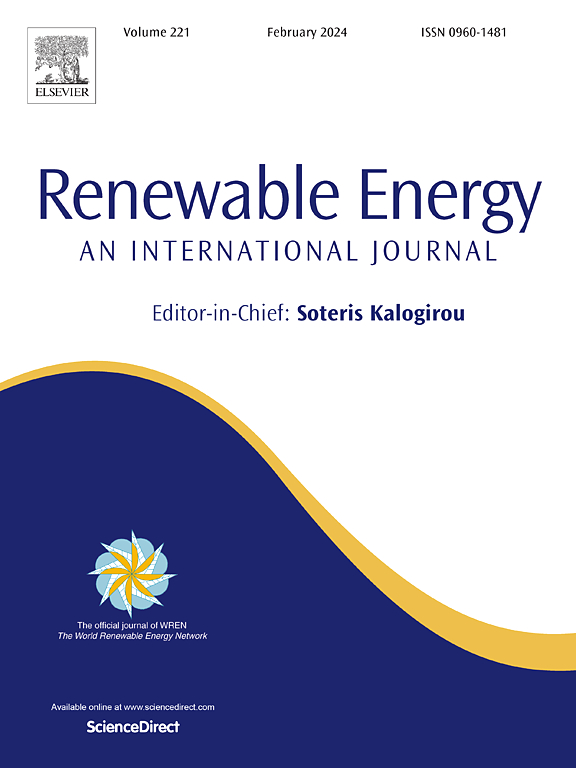Experimental study and sensitivity analysis of performance for a hydrogen diaphragm compressor
IF 9
1区 工程技术
Q1 ENERGY & FUELS
引用次数: 0
Abstract
As the critical infrastructure of hydrogen in transportation, the energy consumption of hydrogen refuelling stations plays a pivotal role in the progress of hydrogen energy within the transportation sector. Volumetric and isentropic efficiencies serve as metrics for evaluating compressor performance. To investigate the extent of factors, including suction pressure, pressure ratio, overflow pressure, and rotational speed, to the efficiencies of the diaphragm compressor, an experimental rig was set up in this study. The volume and energy losses were analysed by studying pressure–volume diagrams. The result shows that elevating suction pressure results in an increased isentropic efficiency. Specifically, raising suction pressure from 0.2 MPa to 0.8 MPa yields a 10.2 % increase in isentropic efficiency. The increase in pressure ratio leads to a reduction in volumetric efficiency but an increase in isentropic efficiency. When the pressure ratio increased from 3 to 7, the volumetric efficiency decreased by 6.5 % in volumetric efficiency, but the isentropic efficiency increased by 9.8 %. Moreover, the escalation in rotational speed corresponds to a decrease in both volumetric and isentropic efficiencies. As the rotational speed increased from 420 r/min to 660 r/min, volumetric efficiency dropped by 9.6 %, and isentropic efficiency experienced a 19.2 % decrease.
氢气隔膜压缩机性能的实验研究和敏感性分析
加氢站作为氢能运输的重要基础设施,其能耗对氢能在运输领域的发展起着举足轻重的作用。容积效率和等熵效率是评估压缩机性能的指标。为了研究吸气压力、压力比、溢流压力和转速等因素对隔膜压缩机效率的影响程度,本研究建立了一个实验平台。通过研究压力-容积图,分析了容积损失和能量损失。结果表明,提高吸气压力可提高等熵效率。具体来说,将吸气压力从 0.2 兆帕提高到 0.8 兆帕,等熵效率提高了 10.2%。压力比的增加导致容积效率降低,但等熵效率增加。当压力比从 3 增加到 7 时,容积效率降低了 6.5%,但等熵效率增加了 9.8%。此外,转速的增加也导致容积效率和等熵效率的降低。当转速从 420 r/min 增加到 660 r/min 时,容积效率下降了 9.6%,等熵效率下降了 19.2%。
本文章由计算机程序翻译,如有差异,请以英文原文为准。
求助全文
约1分钟内获得全文
求助全文
来源期刊

Renewable Energy
工程技术-能源与燃料
CiteScore
18.40
自引率
9.20%
发文量
1955
审稿时长
6.6 months
期刊介绍:
Renewable Energy journal is dedicated to advancing knowledge and disseminating insights on various topics and technologies within renewable energy systems and components. Our mission is to support researchers, engineers, economists, manufacturers, NGOs, associations, and societies in staying updated on new developments in their respective fields and applying alternative energy solutions to current practices.
As an international, multidisciplinary journal in renewable energy engineering and research, we strive to be a premier peer-reviewed platform and a trusted source of original research and reviews in the field of renewable energy. Join us in our endeavor to drive innovation and progress in sustainable energy solutions.
 求助内容:
求助内容: 应助结果提醒方式:
应助结果提醒方式:


